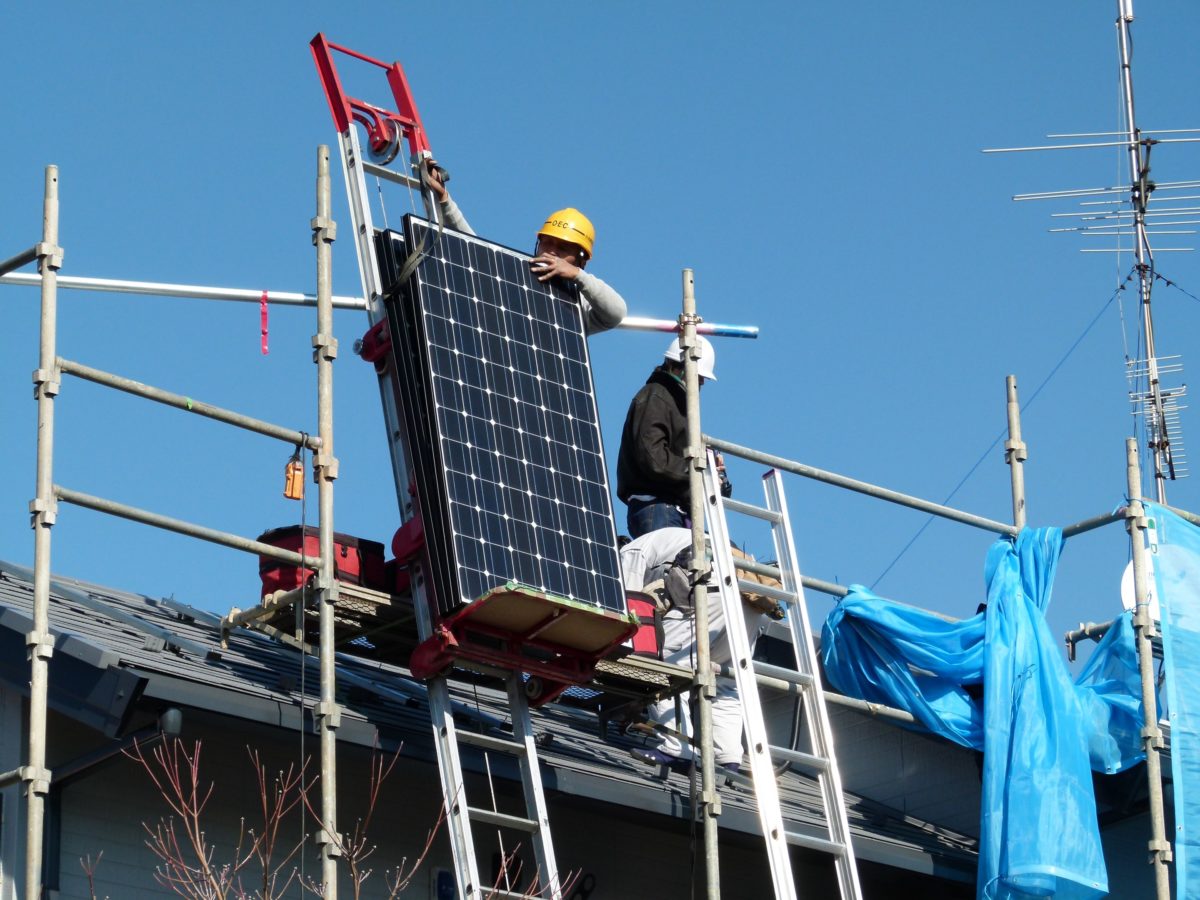From pv magazine USA.
It’s no secret rooftop solar companies and their customers are at war with the utilities. As solar gains an increasing share of key revenue segments, traditional power companies have sought to kill the market and claw back revenue from customers who go solar, either by dismantling net metering or changing rates to give smaller returns to PV system owners.
But while utilities are winning some policy battles, they are slowly losing the war, as witnessed by the fact a cumulative 2 million PV systems came online in the first quarter. Leading the resistance, not only in the scale of deployment but also in the sophistication of its offering, is Sunrun, the nation’s largest residential solar company.
Sunrun’s top-line operational and financial results for the first quarter were not terribly exciting. While the 86 MW of capacity deployed by the company represented a 27% increase on the first quarter of 2018, it was less than the amount of new solar seen in the final two quarters of last year. Given all third-party solar companies use different measurements of the value they create, metrics such as “net present value” and “net earning assets” would require a lawyer and accountant to properly evaluate.
For a more conventional metric, Sunrun reported $194 million in revenues and an operating loss of $44 million, resulting in a net loss of $87 million. But third-party solar companies consistently lose money quarter-over-quarter while building a portfolio of assets, so that was nothing new and nor did it have the significance of losses at companies with more conventional business models.
Expanding the role of rooftop solar
However, while the company’s financial results were unexceptional, Sunrun is slowly changing the role of residential solar by taking on more of the roles traditionally supplied by centralized power generators.
It starts with energy storage and Sunrun is seeing increasing success with its Brightbox offering, which pairs batteries with rooftop solar. The company estimates Brightbox represents 10% of the systems it deploys – 25% in California – with roughly 5,000 systems installed to date.
The higher instance of solar-plus-storage in California was not accidental either, as residential solar customers in the service areas of the state’s three large investor-owned utilities are now subject to mandatory time-of-use rates under “net metering 2.0” rules.
Popular content
And Sunrun is making use of the storage it deploys. During the last quarter, the company successfully bid to supply capacity to New England’s grid operator, the first time that has been done using a portfolio of distributed solar assets.
Sunrun says it will be pursuing more opportunities to supply services to wholesale markets, including trying to get in on supplying some of the battery capacity planned to replace retiring natural gas plants in Southern California. Those efforts were supported by Sunrun’s winning waivers to federal generator filings for distributed PV systems last month.
Taken together, that means distributed solar and batteries are moving from a niche market to supplying essential services that, until now, have been monopolized by large, centralized power generators. On the company’s quarterly results call, Sunrun also hinted it could take its advance onto utility territory further by developing microgrid-based communities.
New construction, new opportunities
Sunrun was also bullish about the opportunities offered by California’s mandate that all new homes include either on site PV or contracts with community solar projects. The business estimates it already has a 40% market share for solar on new homes, positioning it well for future success.
The company also described the process of including Brightbox in new builds as “more efficient”. If customers agree, that would boost Sunrun’s capacity to couple solar-plus-storage with the supply of grid services.
The company is well ahead of competitors in terms of market share and even the reduction of installation prices made by rival Tesla is unlikely to change that situation, with Sunrun CEO Lynn Jurich stating on the company’s results call, customers prefer a more personalized and in-depth consultation process than that offered by Tesla.
Given the variation in seasonal power output made by of solar, and the limited amount of real estate on residential roofs, Sunrun appears unlikely to replace utilities entirely, but the company is increasingly taking space from its competitors and centralized generators, with no immediate end in sight.
This content is protected by copyright and may not be reused. If you want to cooperate with us and would like to reuse some of our content, please contact: editors@pv-magazine.com.


1 comment
By submitting this form you agree to pv magazine using your data for the purposes of publishing your comment.
Your personal data will only be disclosed or otherwise transmitted to third parties for the purposes of spam filtering or if this is necessary for technical maintenance of the website. Any other transfer to third parties will not take place unless this is justified on the basis of applicable data protection regulations or if pv magazine is legally obliged to do so.
You may revoke this consent at any time with effect for the future, in which case your personal data will be deleted immediately. Otherwise, your data will be deleted if pv magazine has processed your request or the purpose of data storage is fulfilled.
Further information on data privacy can be found in our Data Protection Policy.